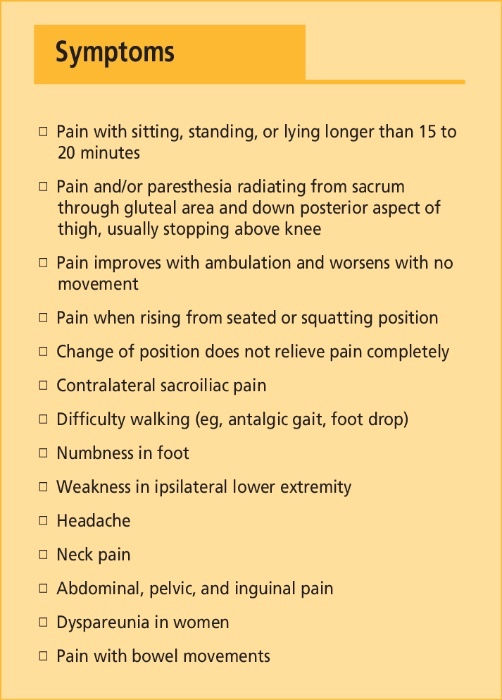Piriformis Syndrome: Symptoms, Causes and Treatments
- Chang Min Lee
- Dec 21, 2022
- 3 min read

Piriformis syndrome affects thousands of people around the world. It is a common condition that causes pain in the buttocks and down the back or side of the legs. In some cases, it can also cause sciatica. The cause of piriformis syndrome is not always known, but it is often associated with muscle imbalances, injury, and increased physical activities such as running.
What Are the Symptoms of Piriformis Syndrome?
When it comes to symptoms, individuals may experience pain when sitting for prolonged periods of time, soreness and tightness in the buttocks area, as well as a dull ache down one leg or both legs. In addition, range of motion may be affected due to limited flexibility in the glutes or pelvic region.

What Are the Causes of Piriformis Syndrome?
The exact cause of piriformis syndrome is often uncertain but there are some potential contributing factors that can increase risk including muscle imbalance and tension, hip joint degeneration or arthritis, herniated disc impingement on nerve roots within the spine, poor posture when standing or sitting for long periods of time and excessive use of certain muscles due to repetitive motions like running or sports participation.

The Benefits of Dry Needling on Piriformis Syndrome
Dry needling is becoming a popular treatment for piriformis syndrome and other soft tissue injuries. During a dry needling session, thin needles are inserted into the affected area in order to target trigger points. The goal is to reduce inflammation, improve muscle activation and stimulate natural healing processes. It has been found to be effective in providing relief from pain and improving range of motion in those who suffer from piriformis syndrome. Dry needling can also help break up adhesions or 'knots' that can form in the muscles due to prolonged joint immobility and overuse. Additionally, dry needling can be used in conjunction with physical therapy or sports massage sessions to help enhance mobility and allow the patient to return to their daily activities more quickly.

Other Treatment Options for Piriformis Syndrome
Other treatment options for piriformis syndrome typically involve a combination of rest/activity modification along with targeted stretches/exercises to improve flexibility and strength in the gluteal area. Physiotherapy may be prescribed to help restore normal posture while addressing underlying muscular imbalances. Over-the-counter medications (such as ibuprofen) may be used to manage acute pain flare-ups while other treatments such as cold/hot packs can be applied directly to reduce inflammation in affected areas. In more severe cases injections of steroids or anti-inflammatory medications can also provide relief from symptoms.

The Prognosis of Piriformis Syndrome
If left untreated piriformis syndrome can become increasingly painful and disabling over time so it is important to discuss any symptoms with your doctor right away to ensure appropriate treatment is sought early on. With proper care most individuals will experience significant improvement after 4-5 weeks of intervention however longer treatment times may be necessary depending on severity level and underlying medical/muscular conditions at play.

SKYE Physiotherapy Can Help You Recover from Piriformis Syndrome
SKYE Physiotherapy in Ellicott City, MD is the perfect place to go for those suffering from piriformis syndrome. With their experienced team of professionals and state-of-the-art equipment, SKYE Physiotherapy can help you manage your symptoms, reduce pain, and improve your overall physical function. Whether you need short-term relief or long-term rehabilitation, SKYE Physiotherapy has the tools and expertise to get you back on track. Put your trust in SKYE Physiotherapy for all your physical therapy needs – you won't be disappointed!

Chang-Min (Skye) Lee, PT, DPT, MS, OCS, COMT, CMTPT
8000 Locust Mill Street Suite P Ellicott City, MD 21043
(410) 357-6500
Comments